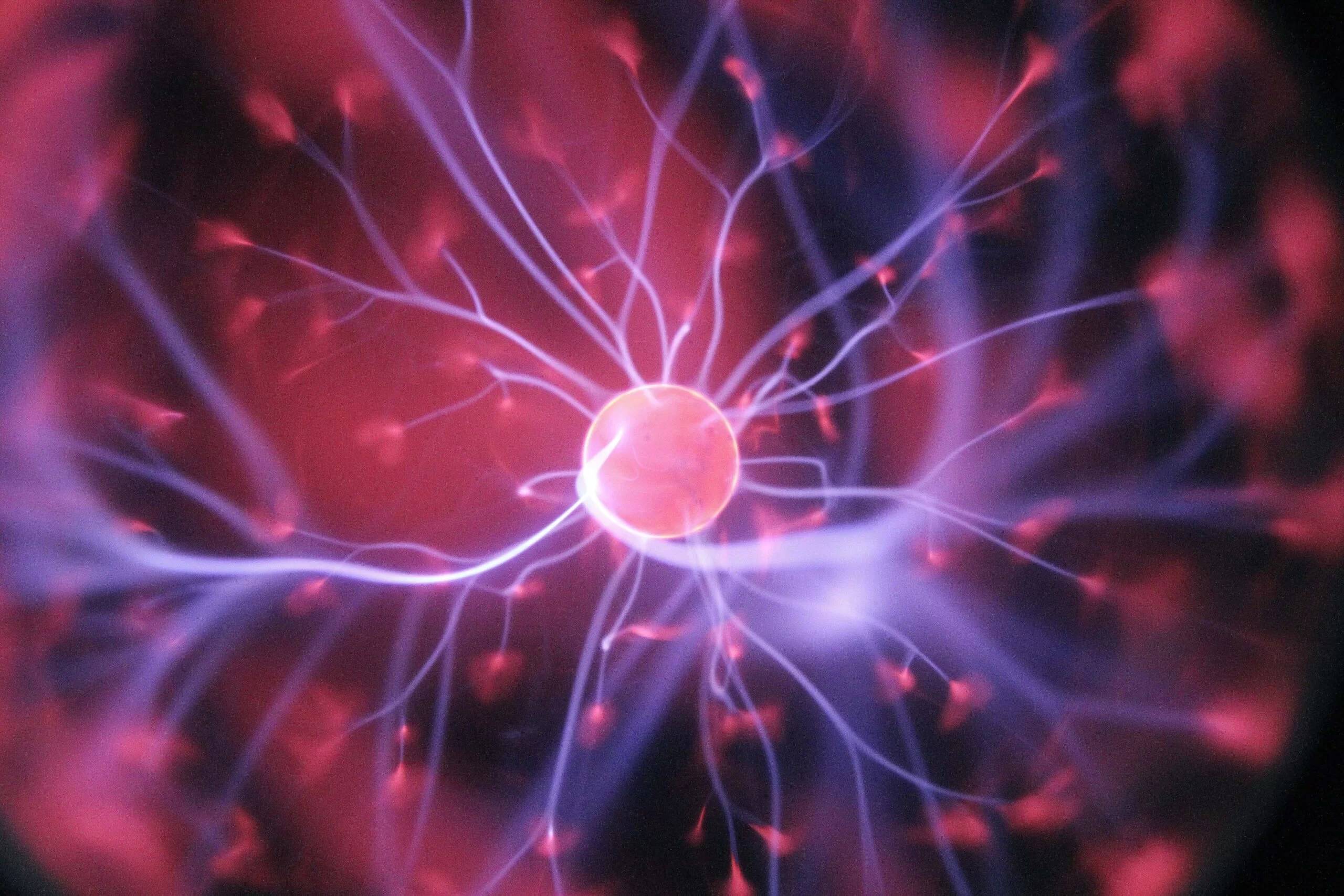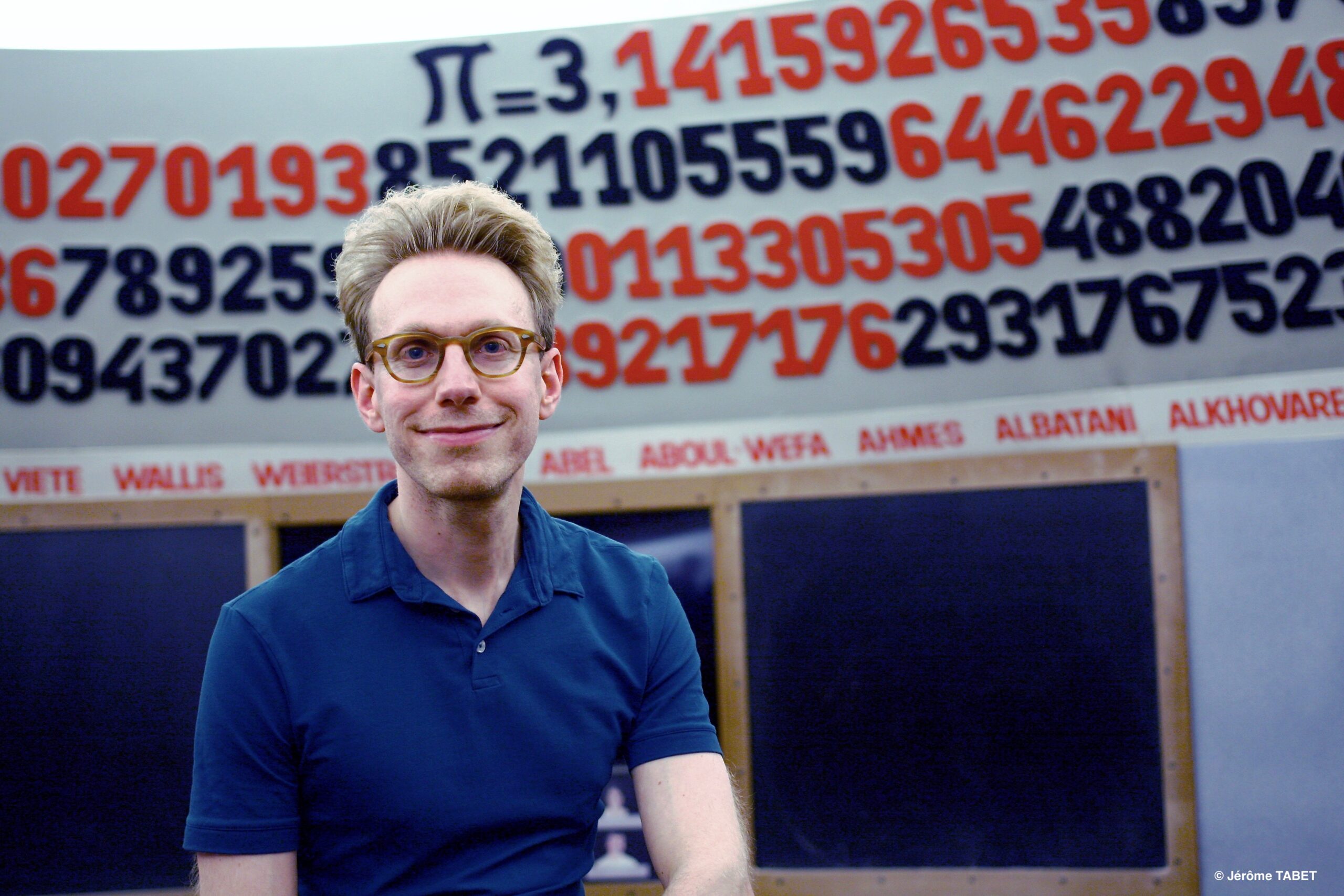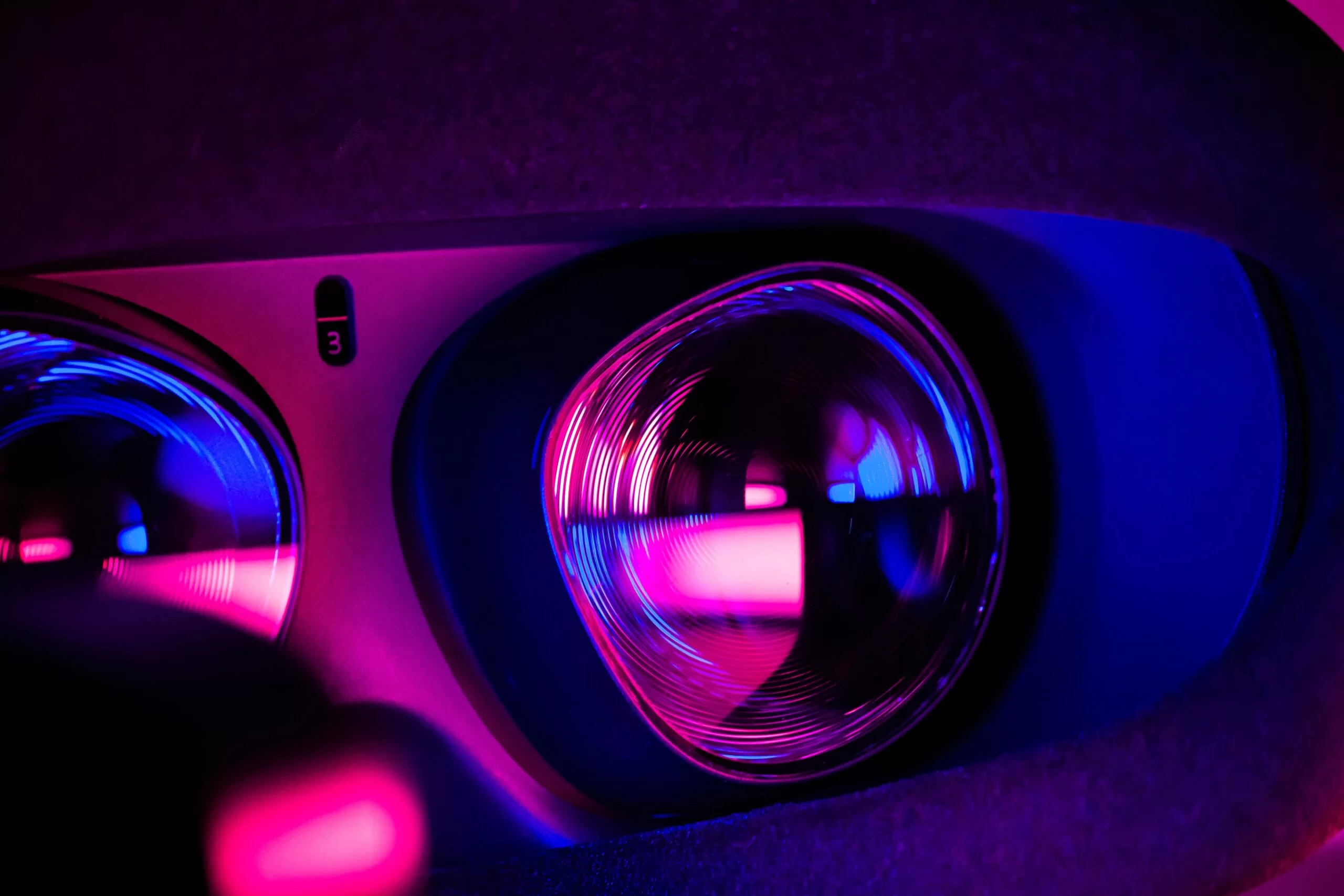Our minds are miracles—immensely intricate webs of gossamer light inside our heads that shape our very sense of self and our understanding of the world around us. Moment by moment throughout our lifetime, our brains hum with the work of making meaning: weaving together many thousands of threads of information into all manner of thoughts, feelings, memories, and ideas. It is these processes of thinking, learning and remembering that make each of us truly human. And yet much of what goes on between our ears remains a mystery.
Perhaps this is not surprising, considering that the brain is the most complex object known to man. Every action, from wriggling our toes to performing calculus, involves a breathtakingly sophisticated choreography of neural activity that scientists are only just beginning to understand. By adulthood this jellylike kilo of tissue holds around 100 billion neurons and as many as 1 quadrillion (1,000,000,000,000,000) connections—a greater number than stars in the known universe. Imagine, then, the challenges inherent in trying to study something as intangible as a thought or a flash of inspiration. And yet in spite of such challenges, and the fact that the field is still in its infancy, neuroscientists have revolutionized our understanding of the brain in recent years, treating a host of previously intractable illnesses and transforming how we think about ourselves. I, for one, owe my life and self-understanding to such advances.
My brain has been scanned on numerous occasions, by doctors treating the epilepsy I had as a young child and more recently by researchers looking for clues to how my unusual autistic mind works—and for what it might tell them about how brains function generally. Having a brain scan is an unusual experience, beginning with a person in a white coat asking whether you have any metal plates in your head or shrapnel in your body. This is because the scanner, known as an MRI (magnetic resonance imaging), uses an extremely powerful magnet to realign the atoms in your head so that they produce signals a computer can process to generate a three-dimensional representation of the brain. The scanner itself is a large cylindrical tube surrounded by a circular magnet. You lie on a moveable table that slides into the center of the magnet. The experience can make you feel rather claustrophobic, which is exacerbated by the need to remain completely still so that the imaging can work properly. The scanner is also very noisy, thumping and humming away during the imaging. Fortunately, the entire examination usually takes less than an hour, and is broken up into multiple runs (sequences) that each last several minutes. The last time I was inside a scanner, a screen positioned above my head showed strings of numbers that I was asked to memorize. This task causes increased metabolic activity – including expanding blood vessels, chemical changes, and the delivery of extra oxygen—in the areas of my brain involved in numerical operations. In a room next door, the scientists watched on computer screens how my brain reacted to the numbers. They could also compare my brain’s activity with that of other subjects’ performance on the same task …
Numbers, to my mind, are like a first language. They possess colour, shape, texture, and exude all sorts of emotions. The mathematical constant Pi, which I once recited from memory to 22,514 decimal places without error, is like an epic poem composed in numbers. Words similarly come to life in my mind: I have made a career of these synaesthetic gifts as an award-winning and best-selling essayist, novelist, poet and translator.
Rare forms of creative imagination may be the result of an extraordinary convergence of normally disconnected thoughts, memories, feelings, and ideas … scientists call the phenomenon hyperconnectivity—abnormal cross-activation between various regions of the brain. Hyperconnected brains are the very opposite of coolly calculating machines, operating not from any step-by-step mental rulebook but instead as a kind of beautiful, swirling chaos … certain neurological and developmental conditions, in which hyperconnectivity features prominently, may prove a spur to highly creative expression.
Even to this day autistic savants are too often viewed as robots, or computers, freaks, or even supernaturally endowed—in short, anything but human. And yet it is our humanity that makes our extraordinary abilities possible. With all that we have begun to learn in recent decades about the intricacy and idiosyncrasy of “normal” brains and minds, and with the growing awareness of the wide variability across the autistic spectrum, such distorting and hurtful misconceptions will—I hope—decline in the years ahead. Better still, society will find ways to make best use of the talents and energies of differently able minds, maximizing the depth and diversity of their intellectual capital in the face of the many challenges, and opportunities, that lie ahead for us all.
Given the chance to contribute meaningfully within a truly inclusive meeting of every kind of mind, each of us can use our brain to do what we have always done best: imagining a better and brighter tomorrow.
Copyright © 2009 by Daniel Tammet





